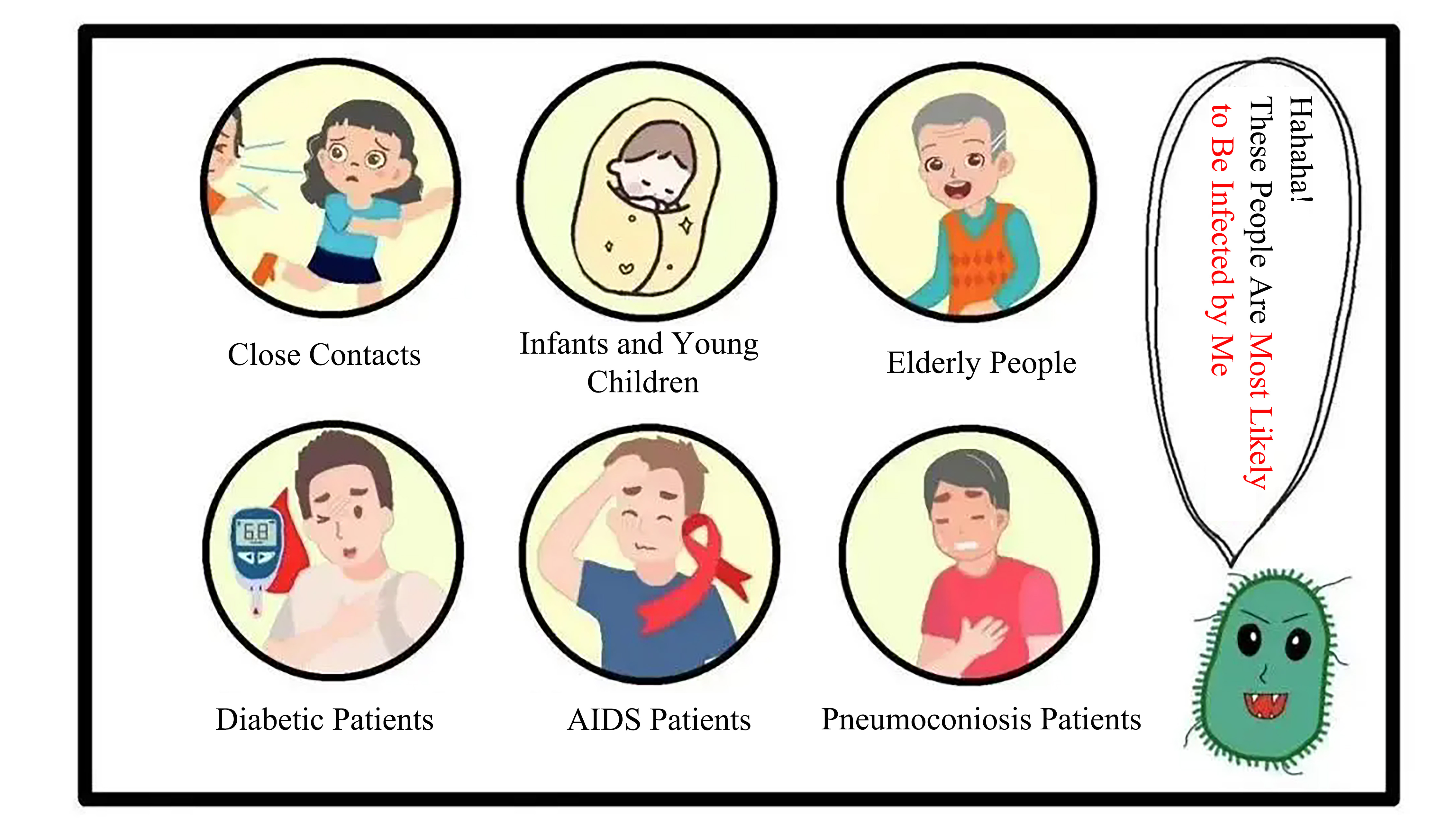"Guardians" at the Border | World Tuberculosis Day: Combat Tuberculosis, Promote Healthy Breathing
Issue Date:2025-03-27 Source:Alayongguan
1. What is Tuberculosis?
March 24th of each year is World Tuberculosis Day. On March 24, 1882, Robert Koch discovered the causative agent of tuberculosis, the tuberculosis bacillus. To commemorate this great discovery, the World Health Organization and the International Union Against Tuberculosis and Lung Disease decided to designate March 24th each year as "World Tuberculosis Day."
Tuberculosis is a prevalent chronic infectious disease caused by Mycobacterium tuberculosis. With the exception of hair and nails, any other part of the body, such as lymph nodes, bones, joints, skin, etc., can be affected by Mycobacterium tuberculosis.
The tuberculosis bacillus is primarily transmitted through the respiratory tract. Therefore, human infection with the tuberculosis bacillus mainly affects the lungs, also known as pulmonary tuberculosis.
2. Transmission Routes of Tuberculosis

The primary transmission route for tuberculosis is via respiratory tract. When coughing, sneezing, or speaking loudly, the saliva droplets expelled may contain a large number of tuberculosis bacilli. Healthy individuals who inhale these droplets may become infected.
Apart from respiratory transmission, mother-to-child transmission, transmission through skin wounds, and digestive tract infections also constitute routes for the spread of tuberculosis.
Key Point: Cutting off transmission routes is an effective preventive measure. Everyone should pay close attention and take proper personal protection!
3. Recognizing Tuberculosis Symptoms
Macrophages, T cells, B cells, natural killer (NK) cells, and dendritic cells (DC) are the main immune cells involved in the immune response to tuberculosis.
The interactions among these immune cells form a complex network that collectively combats Mycobacterium tuberculosis infection. The strength and nature of the immune response directly influence the progression and severity of the disease.
.jpg)
The immune system makes relentless efforts, but due to the special defenses of the tuberculosis bacillus, it is difficult to overcome it immediately. The symptoms of tuberculosis gradually worsen, and patients may experience night sweats, loss of appetite, and other symptoms.
4. Tuberculosis Detection Methods
To accurately diagnose tuberculosis, doctors employ a variety of diagnostic techniques. Examples include chest auscultation, X-ray imaging, or CT scans. The sputum smear examination is pivotal in confirming the presence of Mycobacterium tuberculosis. Additionally, the Tuberculin Skin Test (TST) and the Interferon Gamma Release Assay (IGRA) can assist in detecting the immune response against the tuberculosis bacillus.
.jpg)
The diagnostic methods illustrated can be utilized independently or in combination to enhance diagnostic accuracy.
5. Treatment Strategies for Tuberculosis
Therapeutic agents for tuberculosis include isoniazid, rifampicin, pyrazinamide, and ethambutol. The standard treatment regimen for tuberculosis typically extends beyond 6 months, with combinatory drug therapy effectively eradicating tuberculosis bacillus and preventing the emergence of drug resistance.
For patients diagnosed with tuberculosis for the first time, achieving a cure rate of over 95% is possible by strictly adhering to the five fundamental principles for medication:"Early, Combined, Adequate, Regular,Whole-Process". The complete treatment duration for drug-resistant tuberculosis is 18-24 months. For patients with active tuberculosis, after at least two weeks of medication, most become less infectious. With standardized treatment, the vast majority of tuberculosis patients can be cured.
.jpg)
6. Customs Tips
According to the Global Tuberculosis Report 2024 issued by the World Health Organization, the Southeast Asia, Africa, and Western Pacific regions are the most concentrated areas for tuberculosis cases. Among them, five countries—India, Indonesia, China, the Philippines, and Pakistan—account for 56% of the global incidence. This means that greater attention must be given to the prevention and treatment of tuberculosis.
Before traveling abroad,you can log into the "General Administration of Customs International Travel Health Care Center" official WeChat account → Services → Travel Destination to learn about the infectious disease situation.
While abroad,especially in areas where tuberculosis are prevalent, maintain good personal hygiene habits, wear masks when going out, and avoid densely populated places. Simultaneously, it is essential to maintain a healthy schedule, exercise regularly, and strengthen your immune system.
Upon entering the country,if you have experienced a persistent cough or expectorated sputum for over two weeks, or noticed blood in your sputum accompanied by symptoms such as night sweats, fever, fatigue, weight loss, and decreased appetite, it is imperative to proactively report these conditions to customs officials. Additionally, disclose any recent travel history and comply with temperature checks, epidemiological assessments, medical examinations, and other related procedures.
Note: Some content in this article is referenced from the WeChat official account "China Port Science and Technology" article "Prevention and Treatment of Tuberculosis | Is Tuberculosis the Same as Pulmonary Tuberculosis?" Some images in the article are from the Internet.
Disclaimer:The above content is translated from Chinese version of Alayongguan. The Alayongguan version shall prevail.